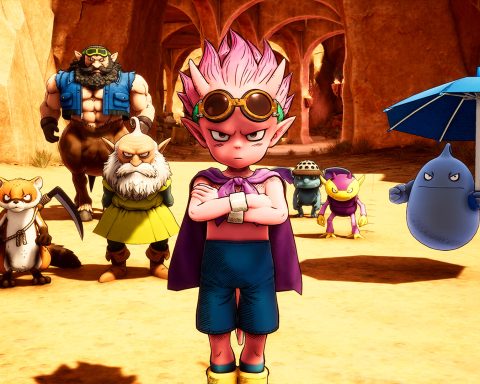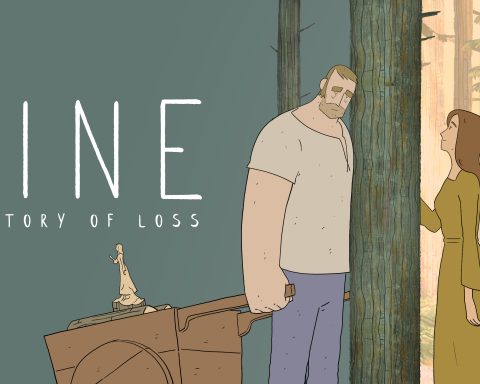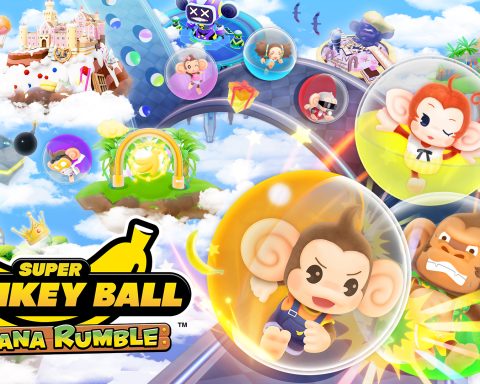Retro reflections by Matt S.
The last time Nintendo produced a new Game & Watch title was way back in 2002, with the Game Boy Advance’s Game & Watch Gallery 4. Since then there hasn’t been much done with the property: there have been ports of most of the Game & Watch Gallery series to the Nintendo 3DS and Wii U via Virtual Console, a couple of Game & Watch Collection titles on the Nintendo DS which were given out as gifts to people that bought a lot of Nintendo games, and a couple of nods to the series in the likes of Game & Wario on the Wii U and Mr. Game & Watch in the Smash Bros series.
Most significantly Nintendo did port a number of classic Game & Watch titles to the Nintendo DSi as cheap little DSiWare downloads between 2009 and 2011, but that still means that it’s been almost a decade since Nintendo did anything of worth with its classic handheld library, and it’s well past time that this changed. When I think about pure nostalgia and Nintendo, it’s hard to look past Game & Watch – they were so primitive, and yet simultaneously so incredible and creative, that they hold every bit the weight of the other old classic Nintendo titles like Legend of Zelda, Super Mario Bros., or Donkey Kong.
If you’ve never had the opportunity to play a proper Game & Watch unit, then you’ve really missed out. From the original Ball way back in 1980, through to Mario the Juggler in 1991, Nintendo produced some 60 different titles in the series. Each unit would play one game, and the technology that was in these devices was beyond primitive. Basically, each unit had an LCD screen, and each LCD screen has a number of different “spaces” that could be lit up on the screen. There was no real animation, sprites, or movement. A character would “move” by one space being lit up once second, but press a button and it would wink out and the space next to it would light up instead.
Because the units were so limited in what they could do, games would be very basic, and almost universally a variation of stopping things from dropping or breaking. Fire, for example, recognised by many as a highlight of the series and a million seller worldwide, simply required that players ensure that firemen with their trampolines were standing under people leaping from a burning building. When a person landed on the trampoline they would “bounce” onwards, and the firemen would need to move to the next space they were falling. Do that three times and the person is “bounced” into an ambulance and saved. It sounds simple, but as more people make that leap of faith, and the speed escalated, it would get very hard to keep up. Another popular unit, Manhole, simply required that you control a character to hold a manhole cover over a gap in a path so that a pedestrian doesn’t fall into a sewer. But with four different “gaps” and only one of you, keeping all the pedestrians dry, again, becomes a challenge when there are so many more of them on the street and the speed picks up. All Game & Watch titles are arcade-like in that the almighty high score is the end goal, and almost all of them are based on testing simple timing and reflex skills.
These little units felt great to hold and play, though, and until Nintendo’s Game Boy came along in 1989, these things were the highest profile, highest quality option for portable gaming. They were built solidly and always had the most gorgeously tactile buttons to press. They were even in colour, in a way, as the primitive hardware would have been pushed too much to also do environments, so the screens had the environments printed on them. I know all of this sounds ridiculous and gaming has well and truly moved on from these days, but the sheer nostalgic value of these makes them incredibly valuable to collectors indeed. A quick look at eBay and the cost of a used Game & Watch unit sits at around $Aus50 currently, but include the box and manual, not matter how tattered these are, and prices jump to $Aus250, if not more.
I remember getting my first Game & Watch unit. My father used to travel to the US regularly on business, and would always bring us back a couple of gifts. One trip, he came back with Manhole. It was, in fact, one of the first games I ever played, and it really stuck with me as something both highly entertaining and aesthetically pleasing (the design of the little shapes that the LCD screen made were vibrant and cute in personalty, even if they lacked animation). My parents, who are by no definition big into gaming, also enjoyed it, and that unit made the rounds around the household for many, many years. Indeed, I believe it’s still buried in a box somewhere in storage, and I’m almost certain it’ll still work if I dusted it off. These devices were incredibly robust. Manhole was joined by a couple of other Game & Watch titles like Oil Panic, Donkey Kong and Octopus from subsequent trips before I did finally move on to the Game Boy, but I’ve still loved every opportunity to go back to Game & Watch via the compilations and “remasters” that Nintendo has released since.
Those Game & Watch compilations all follow the same basic formula – they take a number of classic Game & Watch titles, and allow players to play either an emulation of the original LCD game, or a modern “remaster” which provides the same basic gameplay, but with the conveniences that video games now offer such as proper animation, music, and Nintendo’s popular mascot characters. Rather than simply be challenged to get a top score, you’re also looking to earn “stars” with these games, with one star being provided for every 200 points earned in a single game (with a maximum of five stars), and you’d unlock additional games or little features at regular intervals as you earned more stars.
Game & Watch Gallery 4, on the Game Boy Advance, was in many ways the complete package, with dozens of different games to play and unlock, and beyond the licensed stuff that Nintendo can no longer work with (there were Snoopy and Disney character-themed Game & Watch games produced) there’s probably not much more that Nintendo can do with that series. That is, I suspect, why we’ve not seen a new one. That and the fact that these games are all so simple that by today’s standards only the most nostalgic of all would rush to buy them up. With that being said, I do think there is potential there. A crossover with Mario Party, for example, where you play minigame versions of each title for the board game “challenges” and unlock the full games for play later on. Or Nintendo could make a Game & Watch “arcade” as one of its mobile efforts (or, add a Game & Watch Arcade to the NES and SNES libraries offered for Nintendo Switch Online subscribers).
I do think it’s important that Nintendo look at doing something with Game & Watch again, because these games are a critical part of the company’s history, and we’re now reaching the point where you’re dusting off old hardware or resorting to emulation consoles like the Bittboy in order to play them. Simple as these games are they do exhibit Nintendo’s creativity at its best – providing players with highly entertaining, charming, creative works – and archiving that and making it available to those interested in Nintendo’s history is valuable.
– Matt S.
Editor-in-Chief
Find me on Twitter: @mattsainsb









